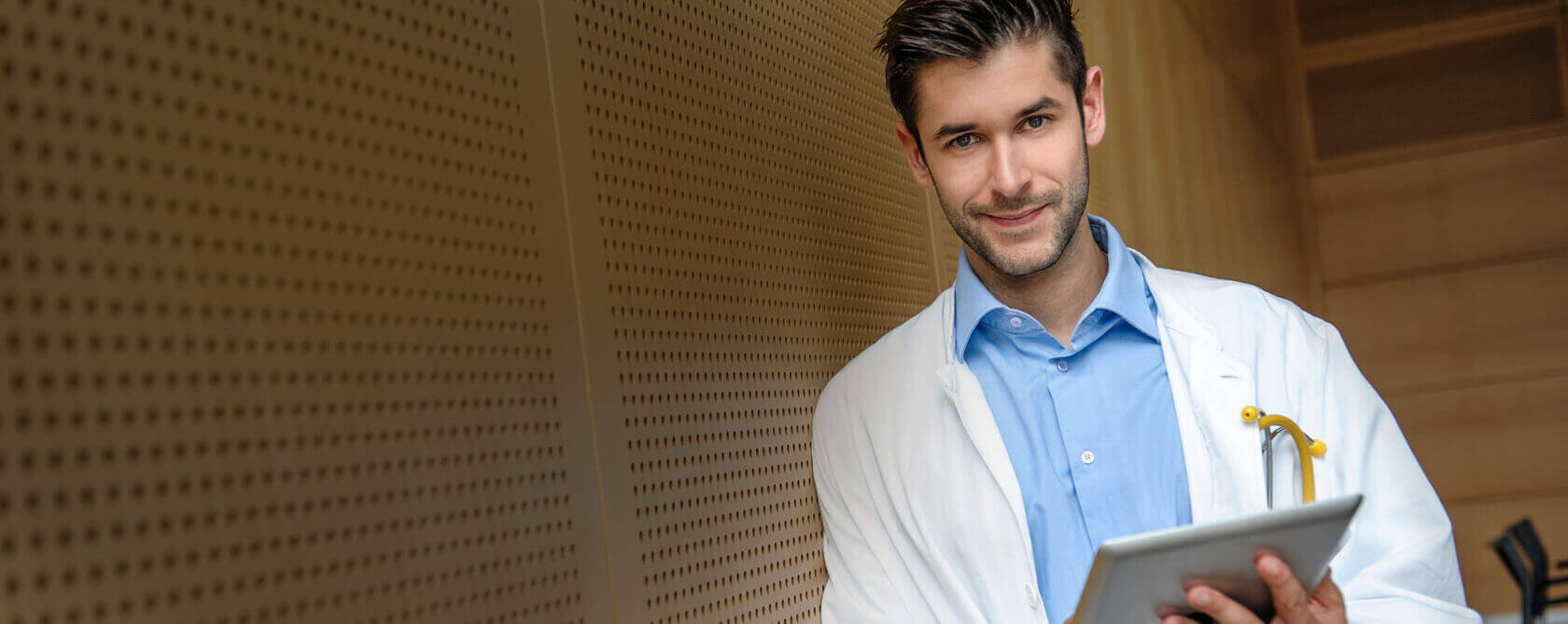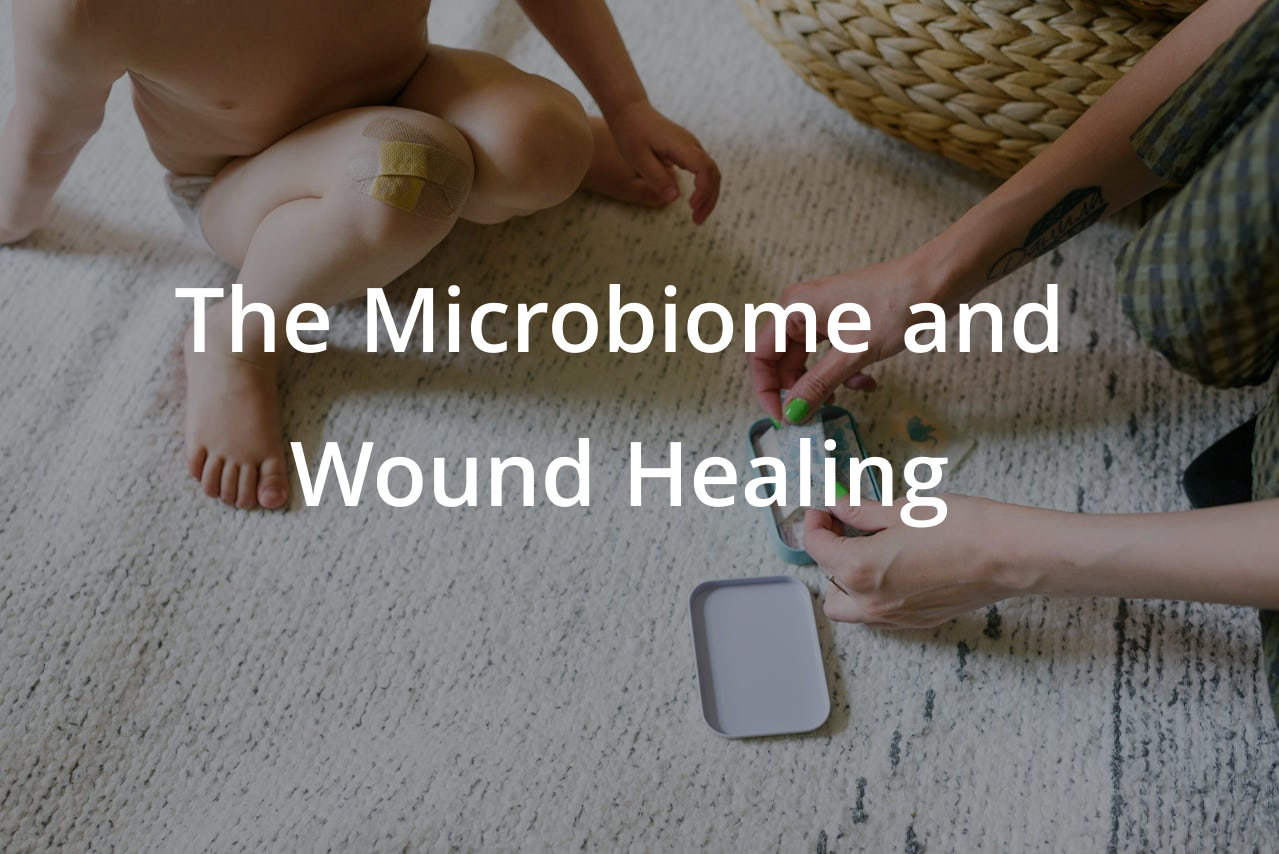In recent years, studying the human microbiome and its impact on health has gained significant attention in the medical community. An emerging area of interest is the relationship between the microbiome and wound healing, where the presence and balance of microorganisms in and around wounds can critically influence recovery outcomes. As a board-certified plastic surgeon, Dr. Som is particularly interested in how this evolving research can be integrated into advanced wound care practices to improve healing rates and patient outcomes. This blog explores the wound microbiome, its implications for wound healing, and potential shifts in treatment paradigms.
Understanding the Wound Microbiome
- Definition and Role: The wound microbiome refers to the community of microorganisms, including bacteria, fungi, and viruses, that reside in a wound environment. Unlike the more stable, healthy skin microbiome, the wound microbiome is dynamic. It can change rapidly, influenced by factors such as wound type, the extent of injury, and the environment. Research suggests that a balanced wound microbiome can promote healing, whereas dysbiosis (microbial imbalance) can lead to wound chronicity and infection.
- Microbial Balance and Wound Healing: A healthy wound microbiome can aid in wound healing by competing with and inhibiting pathogenic bacteria, modulating local immune responses, and repairing damaged tissues. However, pathogenic bacteria can dominate when the balance is disrupted, leading to infection, increased inflammation, and delayed healing.
Impact of the Microbiome on Wound Care Practices
- Infection Control: Traditional wound management has focused on infection control, often using broad-spectrum antibiotics and antiseptics that indiscriminately kill bacteria. Understanding the role of the microbiome in wound healing suggests a need for more targeted therapies that preserve beneficial microbes while eliminating harmful ones. This could lead to the development of selective antimicrobial agents that support a healthy microbiome, thereby enhancing natural wound-healing processes.
- Probiotics for Wounds: Just as probiotics are used to restore gut health, there is growing interest in applying probiotic therapies directly to wounds. These could involve applying preparations containing beneficial bacteria to outcompete harmful pathogens, reduce infection rates, and promote healing. Clinical trials are underway to test topical probiotics’ efficacy in managing wound microbiomes.
- Personalized Wound Care: Future wound care could become highly personalized with treatments tailored according to the microbiome profiles of individual wounds. Diagnostic tools that rapidly assess the microbial composition of a wound could guide the selection of antimicrobials or probiotics, optimizing the healing environment.
Challenges and Future Directions
- Complexity of Wound Microbiomes: One of the significant challenges in applying microbiome research to wound care is the complexity and variability of wound microbiomes. Factors like wound depth, the presence of foreign bodies, and the patient’s overall health status can all influence microbial populations, making standardized treatments challenging.
- Integrating New Technologies: Advancements in genomic and bioinformatic technologies are essential for identifying and understanding the role of different microbes in wound healing. These technologies can help map the wound microbiome more accurately and develop interventions that can be tested for clinical effectiveness.
- Ethical and Practical Considerations: As with all emerging medical technologies, there are ethical and practical considerations, including the cost of advanced diagnostics and treatments, the potential for developing antibiotic resistance, and the need for extensive clinical validation to ensure safety and efficacy.
Conclusion
The study of the microbiome and its impact on wound healing is opening new frontiers in medical science and clinical practice. By better understanding the intricate interactions between microorganisms and wound healing processes, we can revolutionize wound care, making it more effective by supporting the body’s natural defenses and promoting faster recovery. As research continues to unfold, it holds the promise of transforming how we manage and treat wounds in clinical settings, offering hope for improved care and patient outcomes in the years to come.

